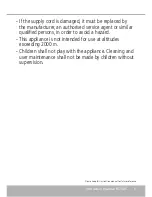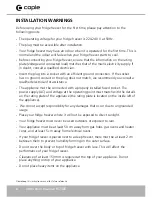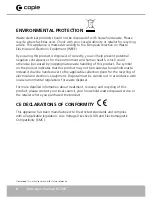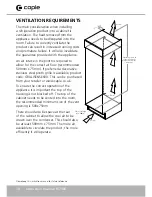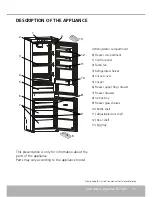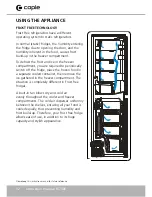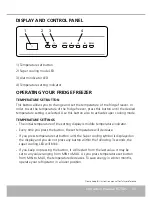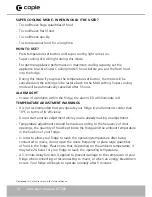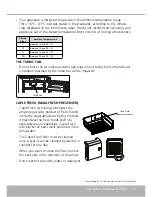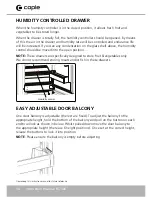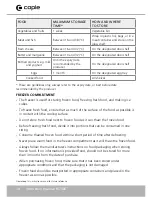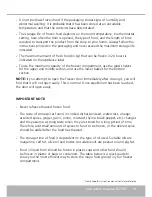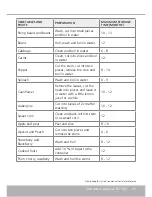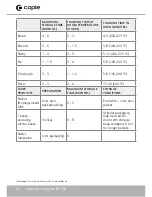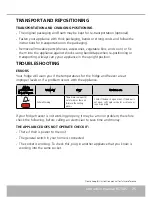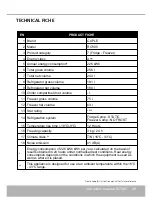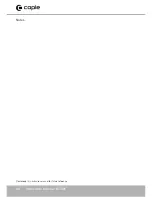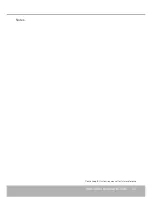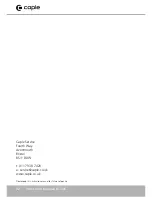
Instruction manual Ri7305
Please keep this instruction manual for future reference
19
- Do not purchase frozen food if the packaging shows signs of humidity and
abnormal swelling. It is probable that it has been stored at an unsuitable
temperature and that the contents have deteriorated.
- The storage life of frozen food depends on the room temperature, the thermostat
setting, how often the door is opened, the type of food, and the length of time
required to transport the product from the shop to your home. Always follow the
instructions printed on the packaging and never exceed the maximum storage life
indicated.
- The maximum amount of fresh food (in kg) that can be frozen in 24 hours is
indicated on the appliance label.
- To use the maximum capacity of the freezer compartment, use the glass shelves
for the upper and middle section, and use the lower basket for the bottom
section.
NOTE:
If you attempt to open the freezer door immediately after closing it, you will
find that it will not open easily. This is normal. Once equilibrium has been reached,
the door will open easily.
IMPORTANT NOTE:
- Never refreeze thawed frozen food.
- The taste of some spices found in cooked dishes (aniseed, watercress, vinegar,
assorted spices, ginger, garlic, onion, mustard, thyme, black pepper, etc.) changes
and they assume a strong taste when they are stored for a long period of time.
Therefore, add small amounts of spices to food to be frozen, or the desired spice
should be added after the food has thawed.
- The storage time of food is dependent on the type of oil used. Suitable oils are
margarine, calf fat, olive oil and butter. Unsuitable oils are peanut oil and pig fat.
- Food in liquid form should be frozen in plastic cups and other food should
be frozen in plastic or bags or containers. The table below is a quick guide to
show you the most efficient way to store the major food groups in your freezer
compartment.

